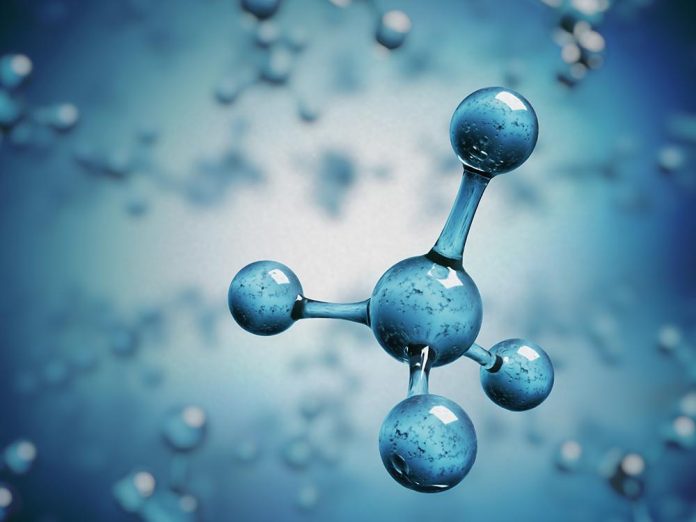A new study published today in the journal Science shows that fossil fuels are not the cause of increasing levels of methane in the atmosphere, but rather from agriculture. The study, conducted by National Institute of Water and Atmospheric Research (NIWA) and led by Hinrich Schaefer, concludes that since 2007, the most likely cause of increased atmospheric methane comes from agricultural practices, and not from fracking or fossil fuel production.
This all comes on the heels of the EPA’s recent announcement that it has “started crafting rules to regulate methane from hundreds of thousands of oil and gas wells already in operation.” Even President Obama, standing alongside Canadian Prime Minister Justin Trudeau, said they would jointly work to reduce methane emissions from natural gas wells to slow global warming. It’s already predicted these new regulations would only avert warming by .004 degrees Celsius.
Methane, considered a potent greenhouse gas, is estimated to have increased by 150 percent since 1750. Since the NIWA team only had information for the Southern Hemisphere, they worked with the University of Colorado and Heidelberg University in Germany and used the information they have been collecting on methane. They then proceeded to “reconstruct the global history of methane and its stable carbon isotopes from ice cores, archived air and a global network of monitoring stations.”
The first thing they noticed was that methane levels had plateaued between 1999 and 2006, after rising steadily since pre-industrial times. After 2006, methane in the atmosphere began increasing and has continued unabated. The EPA has blamed the recent advancements in fracking, even though they have no specific data showing that the methane increase was due to this technique of drilling for natural gas and oil.
According to Schaefer, the NIWA team found they could distinguish three types of methane emissions. “One is the burning of organic material, such as forest fires,” he said. “Another is fossil fuel production – the same processes that form natural oil and gas – and the third is formed by microbes which come from a variety of sources such as wetlands, rice paddies and livestock.”
The team found that the “source of the increase was methane produced by bacteria, of which the most likely sources are natural, such as wetlands or agricultural, for example from rice paddies or livestock.” They were surprised to discover that fossil fuel production was not the source of the increased methane and ruled it out. They call the post-2006 rise in methane primarily microorganisms (biogenic), were coming from outside the Arctic, and were “more consistent with agriculture than wetlands.”
Previous studies had shown that the bulk of methane released into the atmosphere was coming from “South East Asia, China, and India – regions that are dominated by rice production and agriculture.” Based on that analysis, they fingered agriculture as the most likely culprit. They also said that reducing methane emissions “must be balanced with the need for food production.”
Schaefer says that if you want to avert global warming, you have to begin with agricultural processes. He said that even if the methane increase was from wetlands, “we couldn’t do anything about it.” But since the culprit is methane production from agriculture, you can utilize ways to reduce it.
They also said that their study shows that methane is also produced when permafrost thaws. It is also frozen into a type of ice called methane hydrates (clathrates) that is released when it melts. He’s says they did not see any indication that methane was coming from any of these sources, but as is customary, said that may change in the future.
Schaefer says their findings give them an indication on how to best “tackle the problem.” Meanwhile, the EPA is still on schedule to propose new rules and technologies that companies must use to reduce methane emissions, despite the fact that “methane emissions from natural gas operations have plummeted even as production has increased.”
The Daily Caller also reported yesterday that EPA’s own data shows methane emissions have fallen 13 percent from 2011 to 2014. Not only that, emissions from hydraulic fracturing, or fracking, fell 81 percent from 2012 to 2014.”
These findings would correspond with this new study, which shows that agricultural practices, and not fossil fuel production, are the primary culprit for rising methane emissions. Currently atmospheric methane makes up about 1850 parts per billion. Unlike carbon dioxide, it has a short half-life of seven years.















